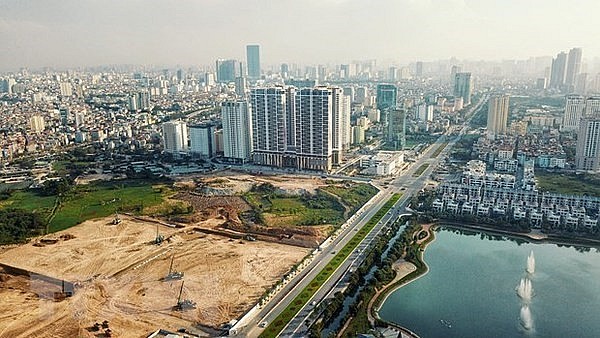 |
| Illustrative image. |
Real estate firm Savills cited the Global Status Report for Buildings and Construction 2021, which showed that in 2020, the real estate and construction sector accounted for 36% of global final energy consumption and 37% of energy related CO2 emissions, as compared to other end use sectors.
Building activities ares the reason for 27% of total CO2 emissions every year, it noted.
Savills General Director Troy Griffiths affirmed that real estate is an area that poses the strongest impacts on the environment.
In late 2021, the Government of Vietnam approved a national strategy on green growth for the 2021-2030 period with a vision to 2050, which aims to switch the country’s growth model towards a greener economy with the application of a circular economic model through the economical and efficient use of natural resources and energy, and developing sustainable infrastructure for higher growth quality, thus promoting competitiveness and reducing negative impacts on the environment.
According to Savills World Research Director Paul Tostevin, the number of office buildings meeting green criteria in cities remains modest, but this provided a good chance for investors to develop green real estate.
Sharing Tostevin’s ideal, Savills Earth Director Chris Cumming underlined that future office upgrades are driven by tenants and investors. The investment market will experience strong competition with green certified office buildings, he said.
He explained that cities pursuing green goals are paying increasing attention to carbon emissions from construction and giving priority to equipping themselves with new modern equipment./.





















































